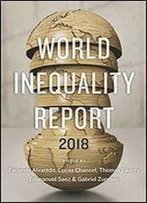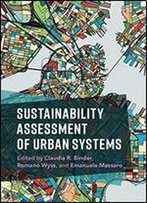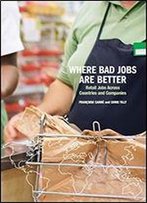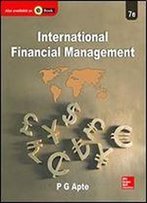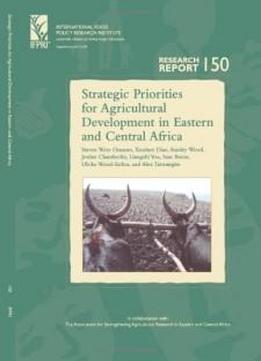
Strategic Priorities For Agricultural Development In Eastern And Central Africa (research Report (international Food Policy Research Institute), 150.)
by Steven Were Omamo /
2006 / English / PDF
1.8 MB Download
If agriculture in Eastern and Central Africa remains in its current
state, not a single nation in the region will achieve the
Millennium Development Goal of halving poverty by 2015. In the
hopes of averting such a dismal outcome, this report analyzes
agricultural development priorities and investment patterns in the
region and their impact on growth and poverty rates, seeking an
improved agricultural strategy. Using the Dynamic Research
Evaluation for Management (DREAM) model and other tools to evaluate
opportunities for increasing both agricultural and overall economic
growth, the authors offer alternatives to the status quo. They
propose approaches such as tailoring agricultural production to
demand within Eastern and Central Africa, encouraging a wide
variety of agricultural production to match the diversity of
national demands and capacities, and promoting regional cooperation
in agricultural development. Their analysis and conclusions should
interest specialists in agricultural policy and investments,
particularly those concerned with the impact of both on poverty
reduction.
If agriculture in Eastern and Central Africa remains in its current
state, not a single nation in the region will achieve the
Millennium Development Goal of halving poverty by 2015. In the
hopes of averting such a dismal outcome, this report analyzes
agricultural development priorities and investment patterns in the
region and their impact on growth and poverty rates, seeking an
improved agricultural strategy. Using the Dynamic Research
Evaluation for Management (DREAM) model and other tools to evaluate
opportunities for increasing both agricultural and overall economic
growth, the authors offer alternatives to the status quo. They
propose approaches such as tailoring agricultural production to
demand within Eastern and Central Africa, encouraging a wide
variety of agricultural production to match the diversity of
national demands and capacities, and promoting regional cooperation
in agricultural development. Their analysis and conclusions should
interest specialists in agricultural policy and investments,
particularly those concerned with the impact of both on poverty
reduction.

